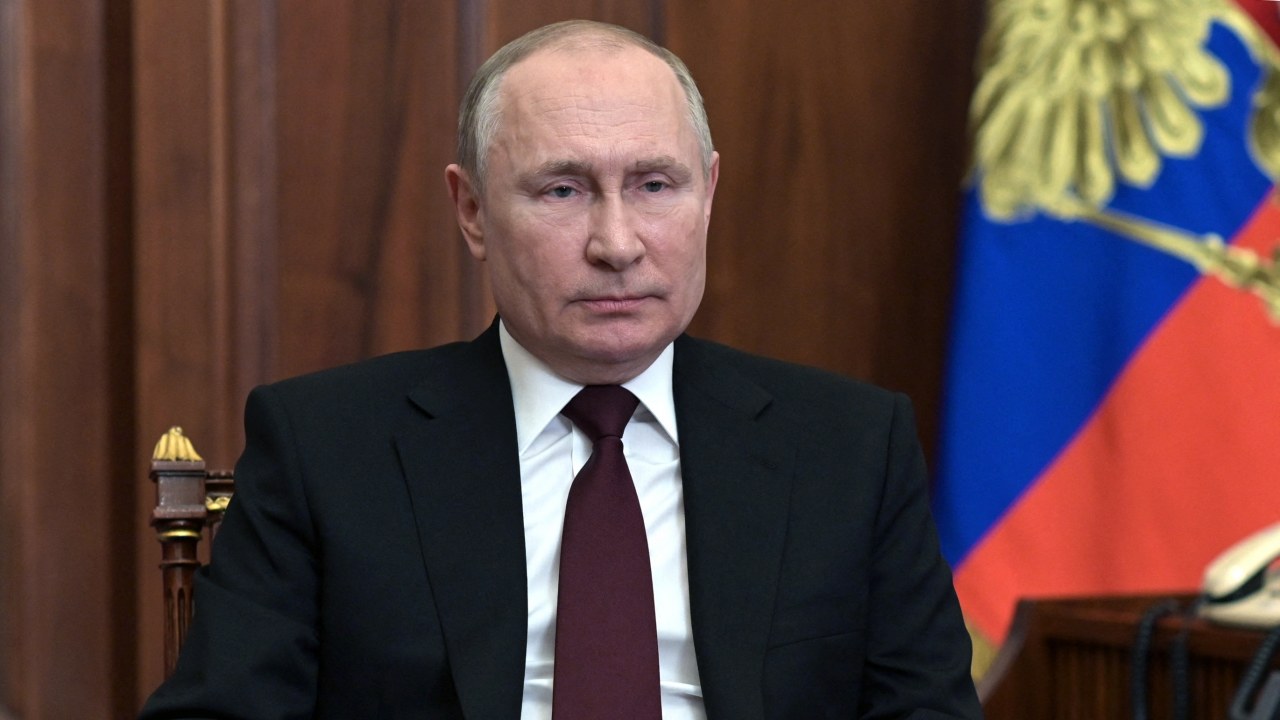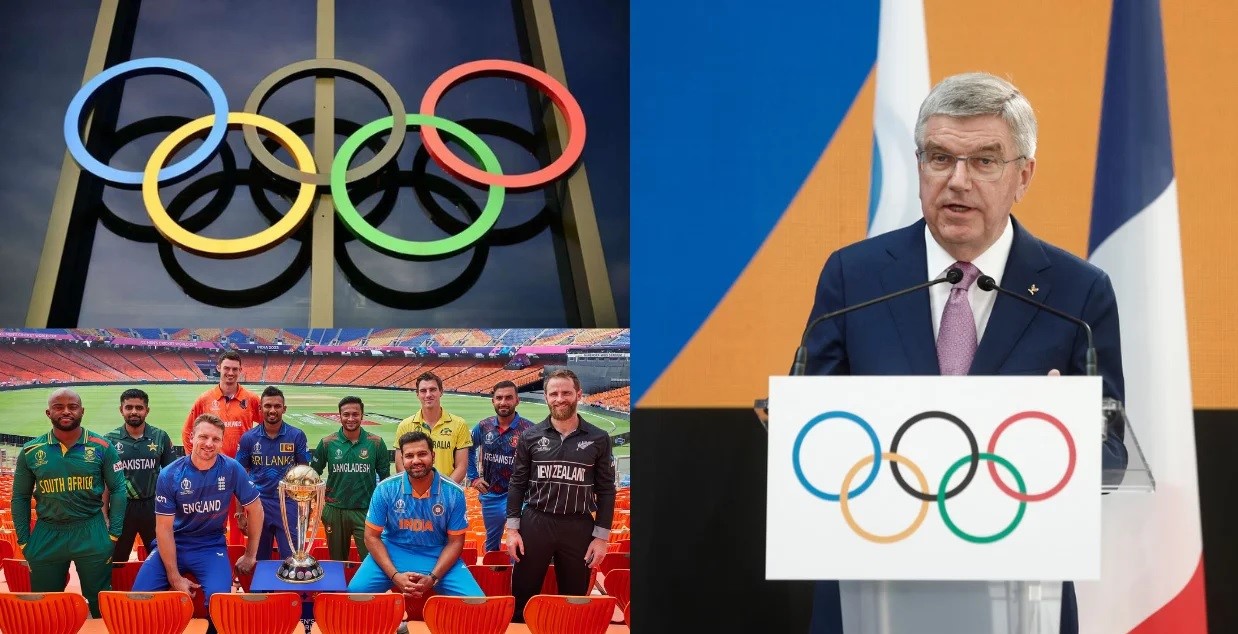
The BMC has established monitoring stations in Andheri in the suburbs and Wadala on the island city in an effort to conduct comparative real-time monitoring of the city’s Air Quality Index (AQI).
THE BRIHAN MUMBAI Municipal Corporation’s( BMC) terrain Status Report( ESR) for 2022- 23 shows that the suburban belt of Mumbai is breathing in poorer air than the islet megacity.
In a shot to carry out relative real- time monitoring of the megacity’s Air Quality Index( AQI), the BMC has set up monitoring stations at Andheri in the cities and Wadala in the islet megacity.
These AQI monitoring stations are located at business junctions and are recording real time quality of the air and grounded on this data a yearly data of PM 10 and PM2.5 is set starting from April 2022 and March 2023. PM 10 and PM2.5 are suspended particulate matters having compasses of 10 micrometres and 2.5 micrometres.
Emigrations from combustion of gasoline, oil painting, diesel energy or wood produce much of the PM2.5 pollution set up in out-of-door air, as well as a significant proportion of PM10.
PM10 also includes dust from construction spots, tips and waste burning, artificial sources, wind- blown dust from open lands, pollen and fractions of bacteria. Meanwhile, the BMC’s ESR report shows that the average PM 10 factors recorded during the once one time in Andheri station is 137, while that in Wadala is 125.

Both these stations recorded above normal numbers. According to the Central Pollution Control Board, 100 µg/ m3 is considered the normal standard measures for PM 10.
The advanced readings denote advanced presence of particulate matters in the air. The BMC’s ESR report farther countries that the worst PM 10 readings in Andheri was 290, recorded in February 2023, when the megacity reeled under poor AQI, followed by 227 in March, and 210 in December 2022.
In October and November 2022, Andheri recorded average PM 10 readings of 159 and 194. Meanwhile, the worst PM 10 readings observed in Wadala was 259, recorded in November 2022, followed by 245 and 188 in February and January, this time.
In the case of PM2.5 readings, the average numbers of the once one time stand at 52 in Andheri and 50 in Wadala. As per CPCB, 60 µg m3 is considered as standard measures for PM2.5.
The report shows that Andheri recorded the worst PM2.5 of 123 in March 2023, followed by 99 in November 2022, and 85 in February this time, while Wadala recorded worse PM2.5 in November 2022, followed by 103 and 82 in January and March this time.
Between June and September, which covers the thunderstorm season, both these stations record healthier AQI. Meanwhile, experts stated that considering the large area Mumbai covers, several original factors determine the AQI of a place.
Gufran Beig, elderly scientist and design director of SAFAR, told Express that locales that are closer to ocean reinforcement experience better AQI. “ Areas that are closer to ocean reinforcement have the advantage of natural sanctification of air as the process of wind reversal happens naturally. thus in the cities of Mumbai, the wind speed is comparatively slower, due to which the time taken for wind reversal is more. As a result, the suburban belt records worse AQI than the megacity, ” Beig stated.
He also said that multiple original factors also need to be checked. “ The meteorological condition is nearly analogous across the megacity. thus, original factors also need to be checked for what’s behind the high AQI in certain pockets as conditioning like construction workshop or scrap burning are known to be contributing factors, ” Beig studies on the situation.

































































































































































































































































































































































































































































































































































































































































































































































































